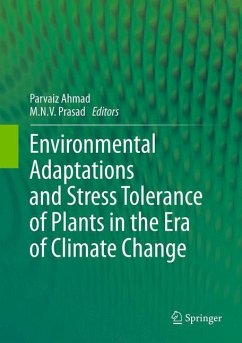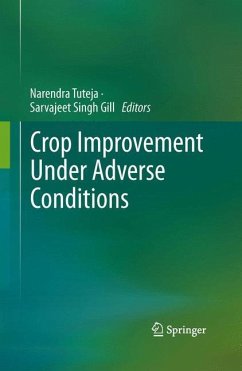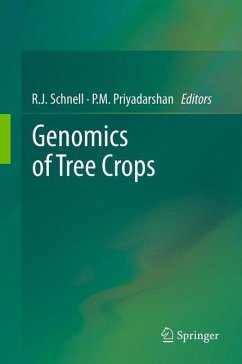
Ecology and the Environment
Versandkostenfrei!
Versandfertig in 6-10 Tagen
152,99 €
inkl. MwSt.

PAYBACK Punkte
76 °P sammeln!
In this book, plant biology is considered from the perspective of plants and their surrounding environment, including both biotic and abiotic interactions. The intended audience is undergraduate students in the middle or final phases of their programs of study. Topics are developed to provide a rudimentary understanding of how plant-environment interactions span multiple spatiotemporal scales, and how this rudimentary knowledge can be applied to understand the causes of ecosystem vulnerabilities in the face of global climate change and expansion of natural resource use by human societies. In a...
In this book, plant biology is considered from the perspective of plants and their surrounding environment, including both biotic and abiotic interactions. The intended audience is undergraduate students in the middle or final phases of their programs of study. Topics are developed to provide a rudimentary understanding of how plant-environment interactions span multiple spatiotemporal scales, and how this rudimentary knowledge can be applied to understand the causes of ecosystem vulnerabilities in the face of global climate change and expansion of natural resource use by human societies. In all chapters connections are made from smaller to larger scales of ecological organization, providing a foundation for understanding plant ecology. Where relevant, environmental threats to ecological systems are identified and future research needs are discussed. As future generations take on the responsibility for managing ecosystem goods and services, one of the most effective resources that can be passed on is accumulated knowledge of how organisms, populations, species, communities and ecosystems function and interact across scales of organization. This book is intended to provide some of that knowledge, and hopefully provide those generations with the ability to avoid some of the catastrophic environmental mistakes that prior generations have made.















